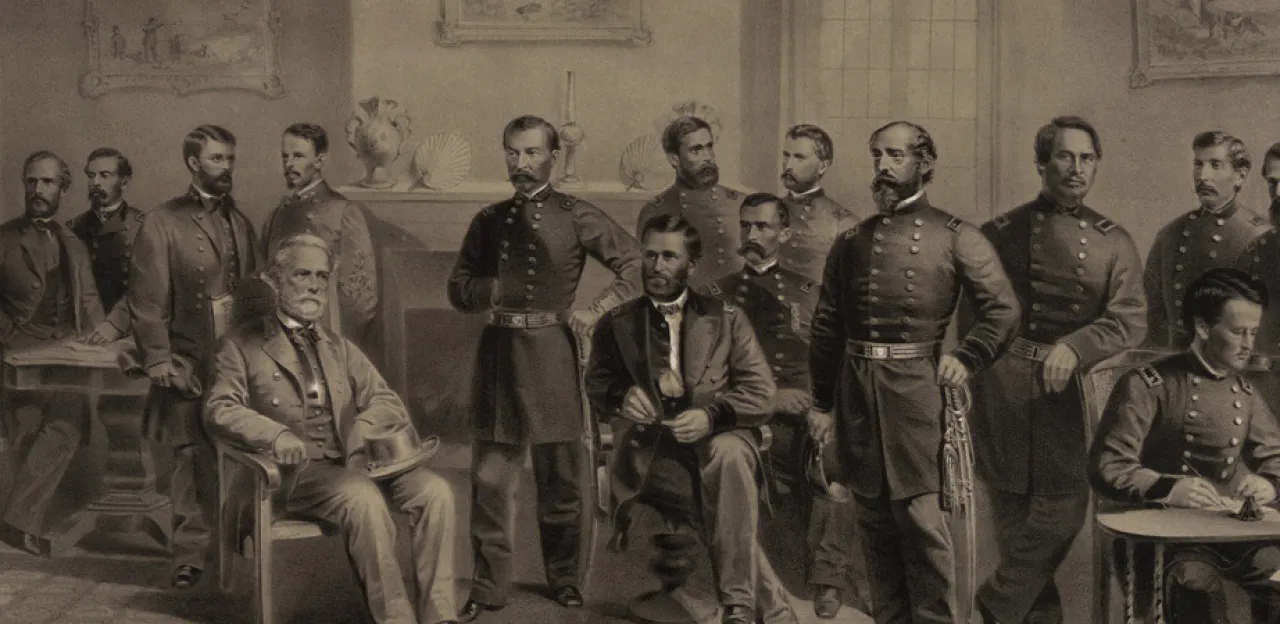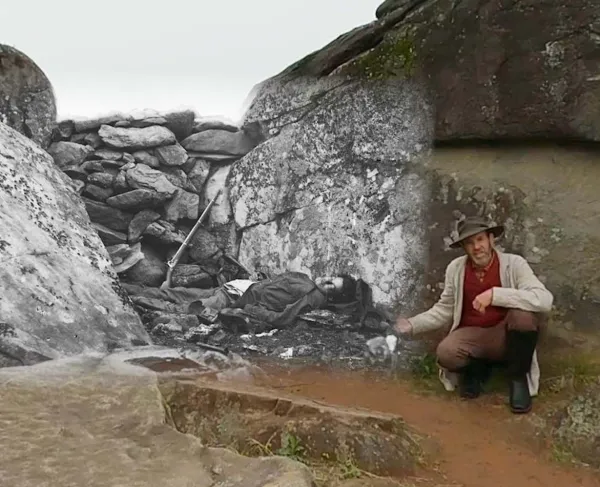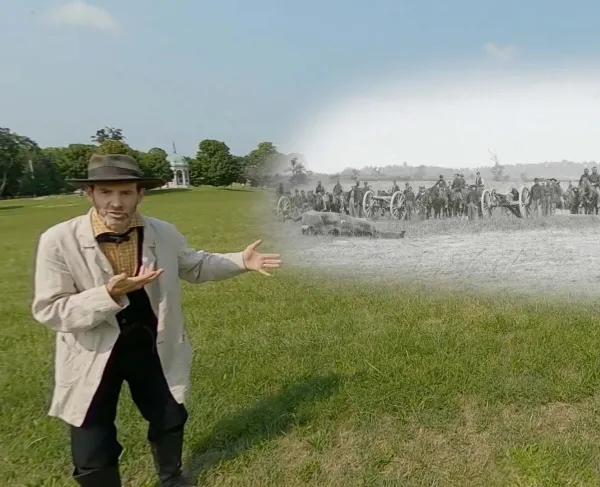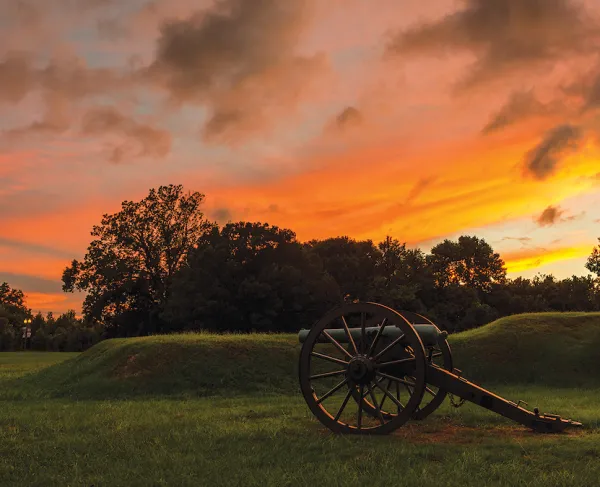Bringing the War to an End: Traditional Middle School Lesson Plan

Grades: Middle School
Approximate Length of Time: 90 minutes
Goal: Students will be able to summarize and explain the sequence and significance of events that led to the end of the Civil War.
Objectives:
- Students will develop a hypothesis to a major question and then review their ideas through the research process.
- After receiving information on the election of 1864, students will discuss both Lincoln and McClellan’s views on the war and plans for the nation’s future.
- Students will be able to create a timeline and map illustrating the sequence of events leading to the end of the war.
- Students will summarize the Articles of Agreement from the Surrender of the Army of Northern Virginia.
- Students will detail how the war came to its final conclusion.
Common Core:
CCSS.ELA-LITERACY.RH.6-8.1
Cite specific textual evidence to support analysis of primary and secondary sources.
CCSS.ELA-LITERACY.RH.6-8.4
Determine the meaning of words and phrases as they are used in a text, including vocabulary specific to domains related to history/social studies.
CCSS.ELA-LITERACY.RH.6-8.6
Identify aspects of a text that reveal an author’s point of view or purpose (e.g. loaded language, inclusion or avoidance or particular facts).
CCSS.ELA-LITERACY.RH.6-8.7
Integrate visual information (e.g., in charts, graphs, photographs, videos, or maps) with other information in print and digital texts.
NCSS Standards for Social Studies:
1—Culture
2—Time, Continuity, and Change
3—People, Places, and Environment
5—Individuals, Groups, and Institutions
6—Power, Authority, and Governance
10—Civics, Ideals, and Practices
Materials:
- Bringing the War to an End PowerPoint. There are video links throughout the Power Point that will need to be queued-up ahead of time.
- Timeline Worksheet and Map
- Lincoln & McClellan Cards
- Chicago Platform
- Baltimore Platform
- What Do You Think? Notes Sheet
- What Do You Think Moderator Questions
- The Last Salute of the Army of Northern Virginia
- Articles of Agreement
- Articles of Agreement Teacher Version
Anticipatory Set/Hook:
Throughout the lesson, follow the Bringing the War to an End PowerPoint.
- The PowerPoint will provide prompts for when to do the activities.
- There are online videos referred to in the PowerPoint that should be queued ahead of time.
- There may be words, locations, or people that the students do not know mentioned throughout the lesson. Let them know that this is a normal part of learning history and like all historians, they should identify what they don’t know and do a bit of research to gain insight (most times this research can be done in a few minutes).
- Begin the Power Point – slide one will provide the setting for this point in the war.
- Hypothesize together: Based on what you know about the war so far, what do you think it will take to bring the war to an end?
Procedure:
Activity 1
- Continue to follow Bringing the War to an End PowerPoint.
- Hand out the Timeline Worksheet and Map, copied back to back.
- Have students complete the Timeline Worksheet and Map.
Activity 2
- Hand out the Lincoln & McClellan Cards to students; try to have the same number of Lincolns and McClellans.
- Hand out the Baltimore Platform and Chicago Platform.
- Have the students review the platforms, paying particular attention to the bolded text. Students can work independently, in groups, or you can work as a class –This activity is asking them to work with primary sources and they may need more or less guidance based on their experience.
- Place all of the Lincolns in one group and all of the McClellans in another.
- Hand out the What Do You Think? Notes Sheet, and have students work together to gather their ideas for a debate, filling out the note sheet as they go.
- Begin the debate using the What Do You Think Moderator Questions.
Activity 3
- As a class, read the The Last Salute of the Army of Northern Virginia and Articles of Agreement, answering the provided guiding questions.
Closure:
- Address the final question. Students can compare to their own or the class hypothesis. You can either discuss as a group or have the students create a written response.
- Discuss the Why Does this Matter questions in the final slide.
Assessment in this Lesson:
- Completed timeline, map, and map question on the Timeline Worksheet & Map.
- Completed What Do You Think? Notes Sheet, with answers based on the platform reading.
- Informal assessment through observation of group debate.
- Notes and responses on The Last Salute of the Army of Northern Virginia and Articles of Agreement.
- Oral or written response to final question.
- Oral response to the final questions, Why Does this Matter?





